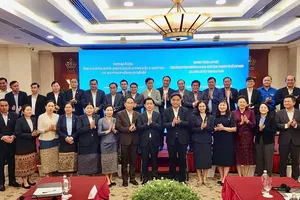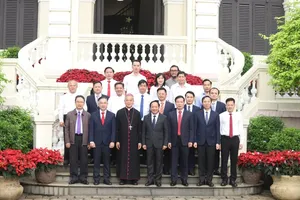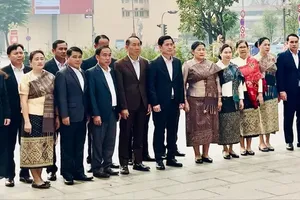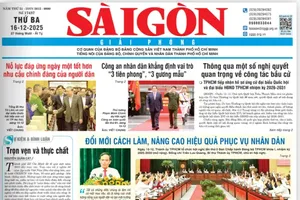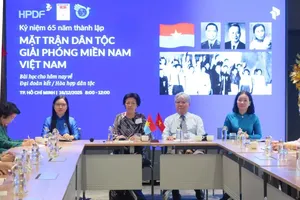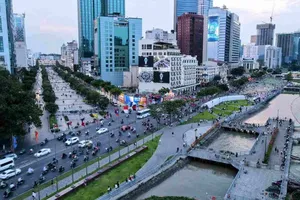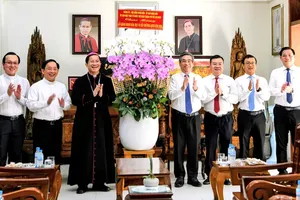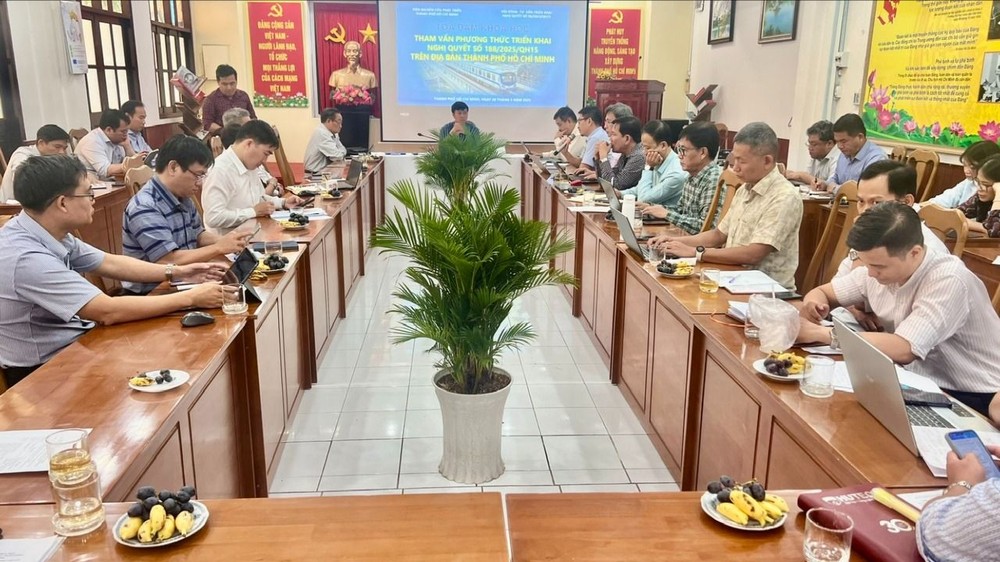
The event was designed to catalyze the formulation of tailored mechanisms and policy frameworks that would expedite the expansion of public transportation, paving the way for urban development aligned with the Transit-Oriented Development (TOD) model.
During the discussion, Dr. Tran Du Lich, Chair of the Advisory Council for the Implementation of Resolution 98, outlined several pivotal areas for consideration. He emphasized strategic solutions for the city’s metro development, including proactive capital mobilization, streamlining of procedural and construction timelines, shifting to a more flexible and clearly decentralized project execution model, and cultivating a domestic railway industry—from materials and technology to workforce training. He also stressed the importance of leveraging land assets through the TOD framework to optimize capital utilization and urban planning.
Dr. Tran Du Lich highlighted the pressing challenges ahead: compressed project timelines, the need to accelerate construction by at least 35 km per year, modernizing outdated construction methodologies, and clearly delineating sources of investment—whether public, private, or through public-private partnerships (PPPs). Public investment is expected to account for the majority.
To this end, specially designed policies must be tailored to the urban and legal context of Ho Chi Minh City to promote planning and socio-economic development, delegate responsibilities with clarity, and improve execution efficiency. The target is to simultaneously implement seven metro lines during the 2027–2028 period, aiming to enhance operational effectiveness, reduce delays, and drive sustainable development of the urban transit system and the domestic railway sector.
According to the city's Department of Construction, Ho Chi Minh City plans to build seven metro lines by 2035 with a combined length of 355 km and total capital investment estimated at $40.2 billion. An additional three lines, stretching 155 km and requiring around $17.9 billion, are planned for the post-2045 phase.
Achieving these ambitious targets will require mobilizing vast financial resources, with a focus on the municipal budget, credit loans, local government bonds, public-private partnerships, and supplementary support from central and international sources.
However, experts caution that the rollout of 11 proposed TOD sites still faces numerous hurdles. Chief among these is a fragmented and overlapping legal framework, particularly regarding urban planning, transportation, and land use, which hampers integrated TOD project execution.
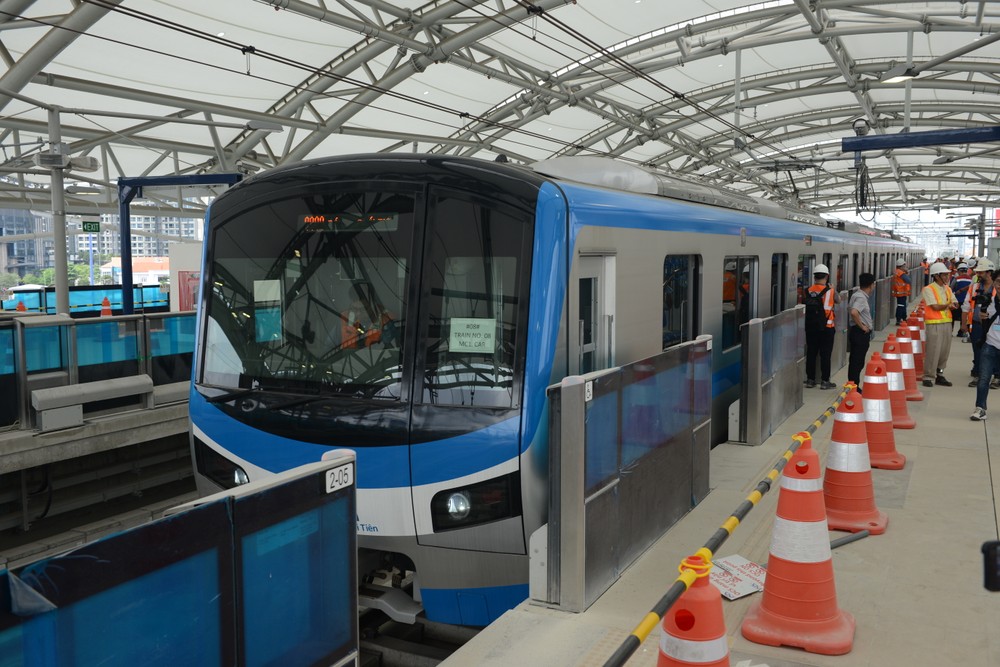
Land acquisition, valuation, and compensation mechanisms remain outdated and inefficient, delaying site clearance. Private sector participation and PPPs are still limited due to insufficient incentives and an underdeveloped policy environment suited for large-scale infrastructure ventures.
Furthermore, institutional capacity to manage large projects is lacking, along with a shortage of experts in TOD planning, design, and project management. High site clearance costs place heavy financial pressure on the city, while existing transport infrastructure remains underdeveloped and unable to support the demands of TOD, leading to fragmented, uncoordinated urban growth in some areas and underutilization of public transit systems.
To overcome these obstacles, experts recommend an integrated legal framework, improved coordination across sectors and administrative levels, and strengthened capabilities in planning, investment, and project oversight.
Associate Professor Dr. Vu Anh Tuan, Director of the Transport Research Center at the Vietnamese-German University, proposed establishing a dedicated TOD implementation agency and inviting international consultants to co-develop the TOD model.
Additionally, policies governing land acquisition, valuation, capital redistribution, and PPPs must be urgently refined to establish a clear and attractive legal environment for investors. Investment should be strategically prioritized in subsequent metro lines to build on the momentum and impact of those already in operation.

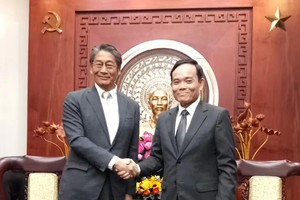
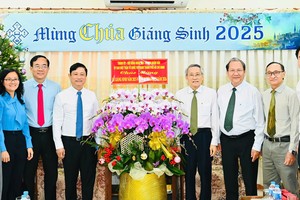
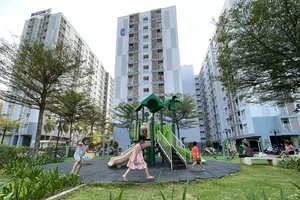

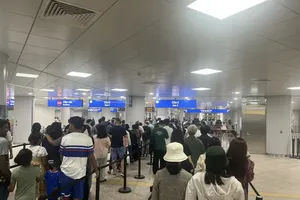
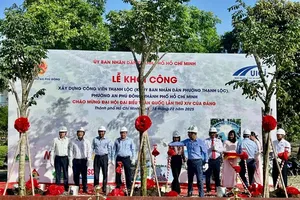
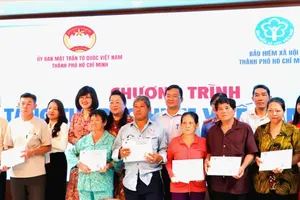
)
